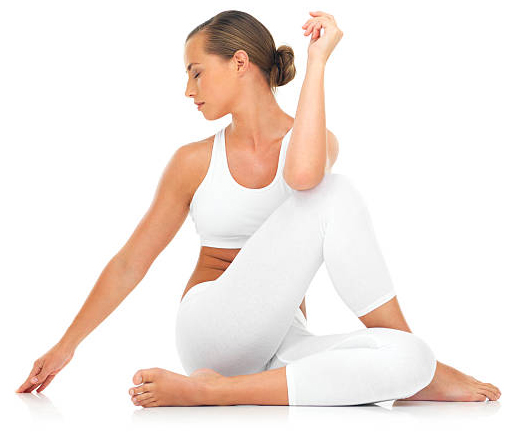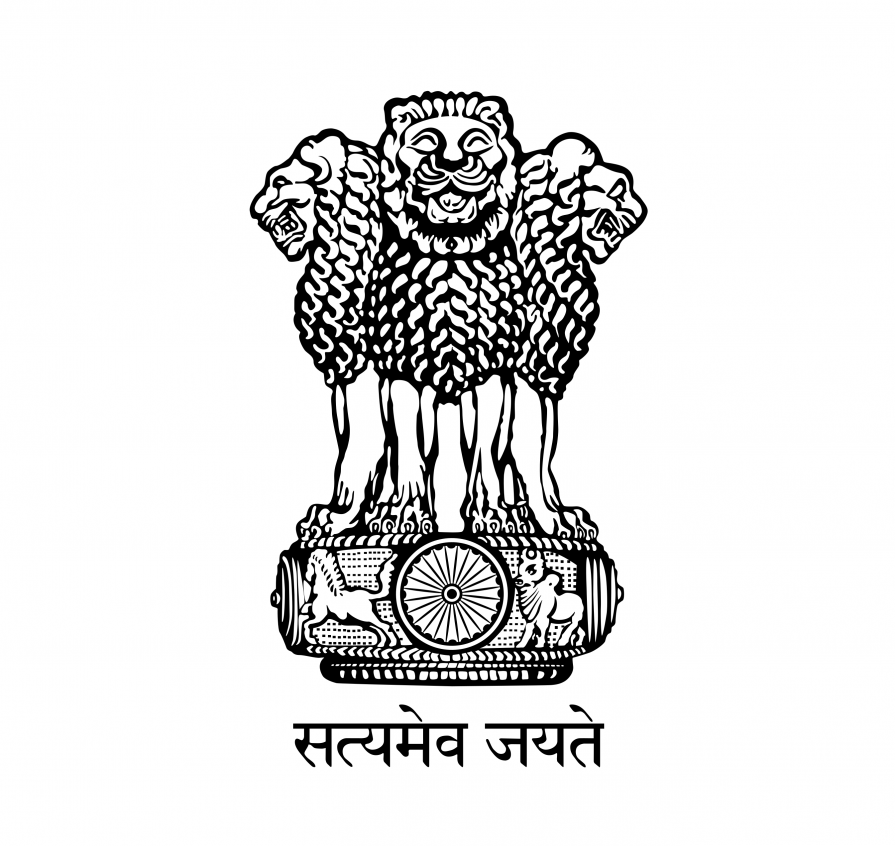Yoga is one of the six orthodox schools that give the instruments to attain enlightenment or self realization, the highest goal in life. The other schools are Samkhya, Nyaya, Vaisheshika, Mimamsa and Vedanta.Practicaly, Yoga is a group of physical, mental, and spiritual practices or disciplines.
BKS Iyengar is the father of modern Yoga. He simply wanted to systematize the practice and the teaching of Yoga, instead of creating another Yoga style. BKS Iyengar is a true legend of Yoga who one needs to writre a separate blog post to be able to describe him.
Iyengar has developed a Yoga methodology that includes:
- the practice of Vinyāsa; there are articles about that in the Astadala Yogamala Iyengar’s books;
- the practice of more static positions in which emphasis is placed on alignment and the therapeutic aspect of it (Iyengar was the first, and the only one with knowledge of the facts, to talk about this aspect of yoga), as you find in the book Light on Yoga (first edition 1966) and in the publications of the following 50 years;
- the use of props (of which he himself was a brilliant inventor) and also of what was subsequently called dharma wheel in a high-sounding way;
- the practice through the use of ropes from both the wall and the ceiling;
- restorative yoga practice;
- all kind of pranayama tecniques (systematized in the book Light on Pranayama).
You can understand that learning all these things takes a lifetime!
How do the so-called “yoga styles” work?
Yoga style is a term that in yogic jargon has entered no more than 15 years ago, with the clear intention of “diversifying the offer” and commodifying it as much as possible. “Inventing” a “style” and proposing it as a novelty of the moment, by stimulating desire and superficiality, is the key to success in fashion and in the current market. But in this loss of depth, there is all the decadence of a system that commodifies and consumes everything.

If you then look inside all the alleged “styles” of yoga born in the last 15 years or so, they include nothing more than a small aspect of the way in which it is possible to practice yoga. They are therefore a copy of a copy of a copy of something that was already there … anything but news!
What else is there in the concept of “yoga style”? Tons and tons of so-called teacher courses (200h, 300h, 500h done in one, two three, maximum six months), tons of scraps of paper sold by its weight in gold!
Nobody in these courses is ever rejected! The assumption that everyone can always make it, if of course they pay for the course, opened the doors of incompetence in yoga.
Now “on the market” there is an indecent number of teachers. While the number of students is decreasing and is feeling fed up with the fashion of yoga, which in order to be attractive and always new invents things increasingly distant from the concept of Yoga.
The ability of a “teacher” passes only from being a good entertainer in oriental essence, able to please the students; while his task should be to introduce the student to a long and effortful medium-long term transformation path in which discipline and continuity are required to awaken the intelligence of the student.
The problem is also on the user’s side: the existence of 2/3/500h training is clearly the consequence of a total absence of culture in the subject: who would want to go to a guitar teacher who has studied 200h? Music is a field where by shared culture everyone knows that you cannot play well and therefore teach before years and years of practice; as everyone knows that, at first, the exercises and musical techniques are boring but necessary. We must try to make sure that this culture also passes through Yoga. A Yoga teacher, I remind you, should have and should be able to transmit the instruments to attain enlightenment or self-realization. Not 200h…
How does Iyengar Yoga work to become an Iyengar Yoga teacher?
The experience of a Certified Iyengar Yoga Teacher is calcolated in years, not in hours.
Yogacharya Sri B.K.S. Iyengar developed what has come to be called Iyengar yoga from a firm logical, ethical and practical base. Iyengar yoga is a way of life, rather than an asset to sell and commodify. Specifically:
- Students are advised to take the necessary time to learn the asanas and pranayama purely for the joy of learning, not with the idea to become a teacher.
- If you’ve attended Iyengar Yoga classes regularly for a minimum of three years and have a good standard of practice in the Level 1 asanas, you can begin to train as a teacher.
- The route to teaching is via mentorship, not teacher training, with an experienced teacher who has been approved as a mentor by the Iyengar Yoga institute.
- As a trainee, you’ll be expected to attend regular classes with your mentor and will progress to demonstrate and assist during class as well as undertaking various written assignments and attending peer-group sessions.
- The mentorship period will last a minimum of three years, but may take longer.
- During the mentorship period, trainees are expected to learn both the Level 1 and Level 2 syllabi – before teaching the basics, students must be at an advanced level of learning.
- After completing the above (three years’ attendance at classes, plus at least three years of mentorship), candidates will have practised Iyengar yoga regularly for a minimum of six years before applying for the Level 1 teaching assessment.
- They will have achieved a high standard in their personal practice in the asanas, and a preliminary awareness of the subtlety of Iyengar yoga and its historical roots.
- The exam is managed by a commission of teachers in which the mentor of the candidate is strictly excluded! If your level of practice and teaching does not correspond to the required standards, you will not get the certificate. You are not given anything just for the fact that you have paid!The exam is managed by a commission of teachers in which the mentor of the candidate is strictly excluded! If your level of practice and teaching does not correspond to the required standards, you will not get the certificate. You are not given anything just for the fact that you have paid!
I cannot and do not want to share percentages but despite the motivation, many abandon and fail along the way. Selection is the guarantee tool for students, for those who enter the world of Yoga with genuinity, honesty and enthusiasm have the right to be faced with a trained and honest professional.
If you want teaching yoga to be your profession in the medium / long term, it is time to clearly define what Yoga is and to adopt radical changes in the way of training new teachers, emphasizing the selection of candidates, the ability to transmit a deep knowledge of Yoga.
Stefano has been practising IYENGAR YOGA for 23 years. Originally from Italy, he trained at the Iyengar Yoga School in Ravenna. He started teaching in 2007, obtaining the IYENGAR Yoga teacher certification in 2012. The same year he founded the “ Gokarna Yoga School ” in Gokarna (India). Stefano has deepened his practice for several months of study each year at the Ramamani Iyengar Memorial Yoga Institute (RIMYI) – awarded as the best yoga institute of India in 2017 – in Pune and the IYENGAR Yoga institutes in Mumbai under the Indian senior teacher guide. Today Stefano continues to follow refresher sessions together with senior teachers. He has held about 70 seminars in Europe and outside Europe.
Stefano will be teaching both basic and advanced yoga classes in the upcoming MBS Wellbeing Festival in November 2022! For the full schedule check here.

















